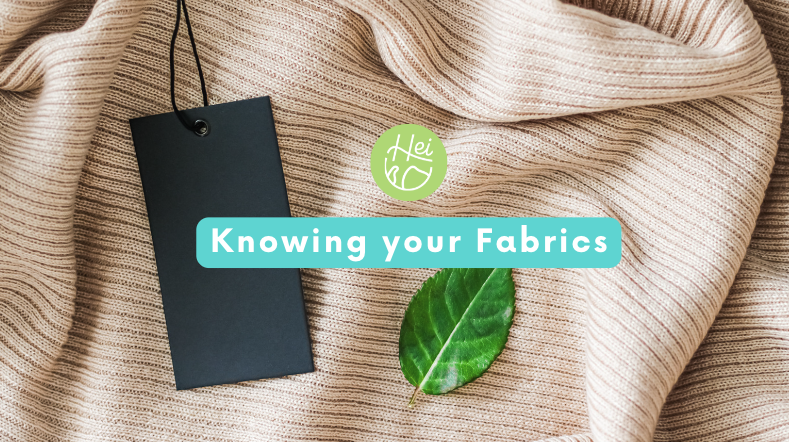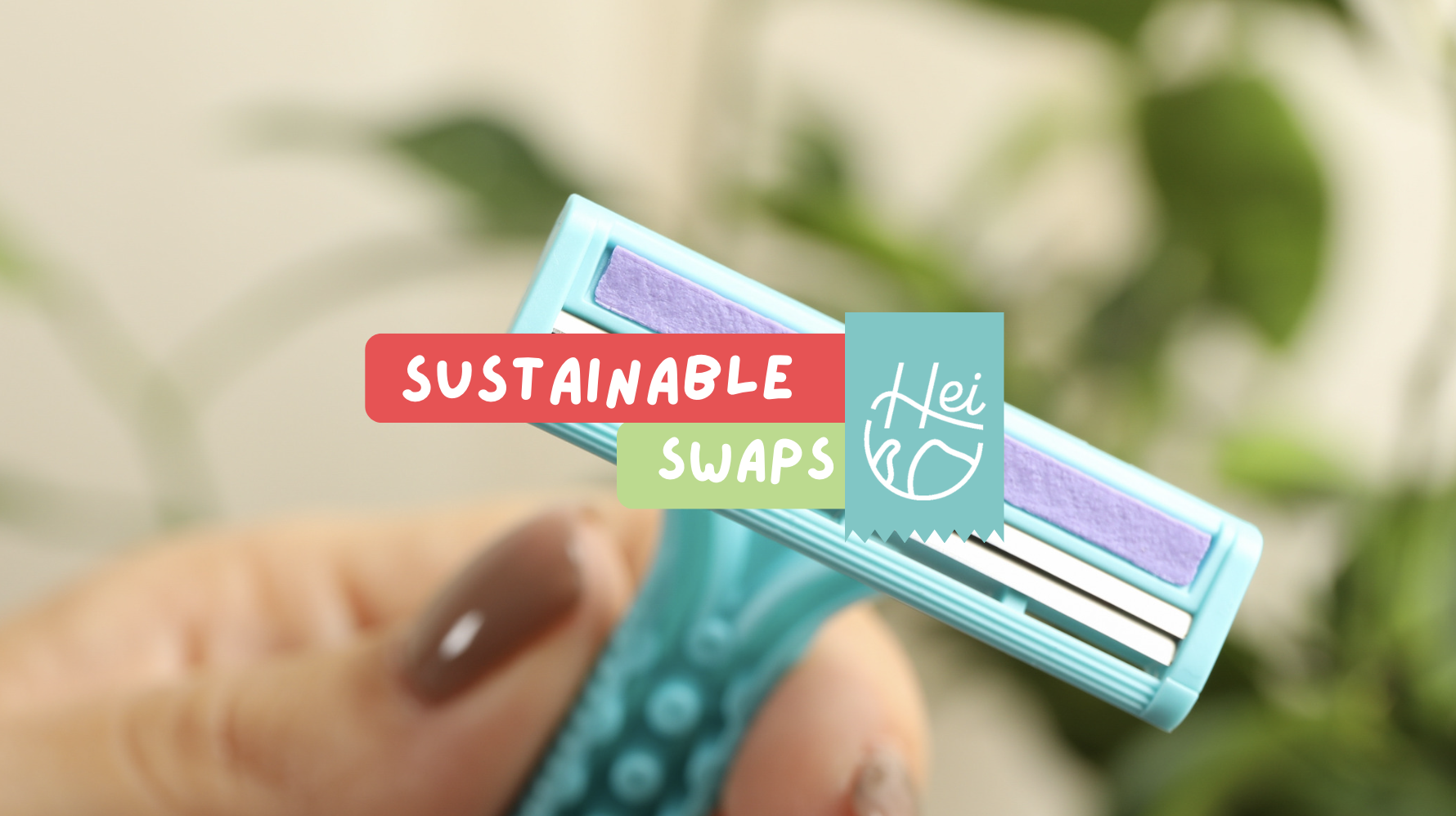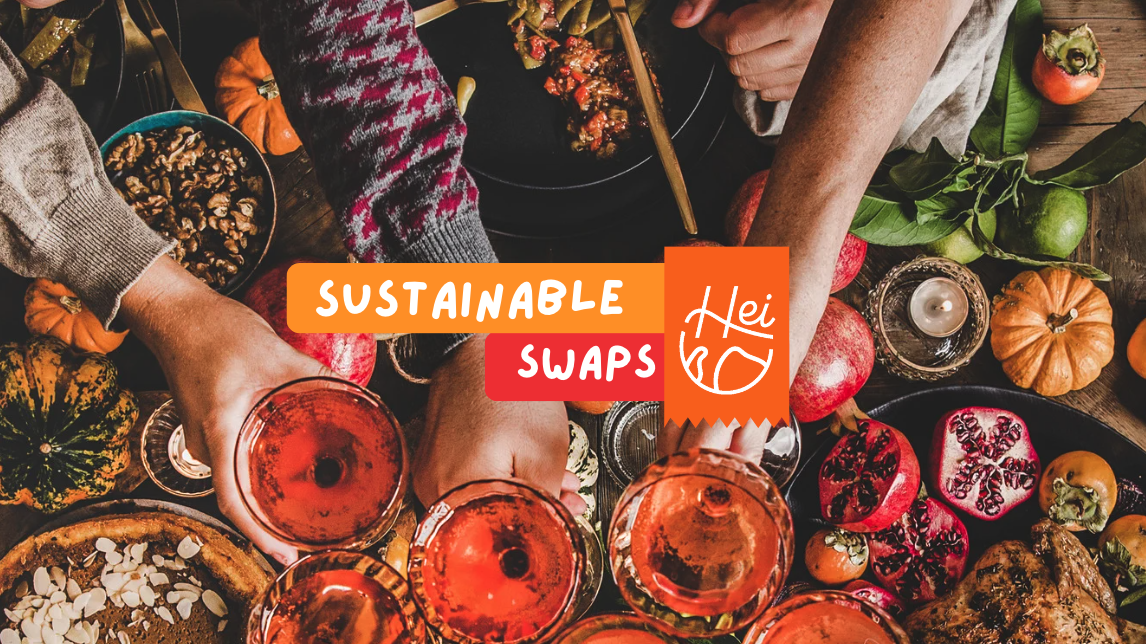Fast fashion is definitely out this season. And while more and more people are becoming aware and informed on how fabrics (from fast fashion) result in an abundance of plastic waste, there are still those that don’t or refuse to see it’s impact. While a $5 shirt from China is subjectively considered a “steal”, Mother Nature would beg to differ. The emissions to make and transport that piece of clothing across the seas is unfathomable. Plus, because it is cheaply made, it’s probably going to be a “wear once, throw away” piece of clothing. A clothing worn for a few hours will last 200+ years in the landfills. The average person throws away about 81.5 lbs of clothes/fabric each year, in the US that’s about 11.3 million tons per year!
Reduce, Reuse and Recycle – in this order! If you absolutely need a piece of clothing consider thrifting or do clothing swaps with friends. And if you really must purchase something completely new, least you can do is be aware of the impact of the clothes and their fabrics.
Know your fabrics and opt for alternatives when available as more and more brands are turning to recycled, bio-based and natural fabrics for fashion.
“Plastic” fabrics to avoid:
Polyester – short for Polyethylene Terephthalate i.e PET, yes the same PET in plastic bottles, same type of polymer. If you’re a sustainable girlie who refuses to buy single-use plastic bottles, consider staying away from polyester and all it’s variations in the latest fashion.
Acrylic – acrylic fabric is made in a way similar to how polyester fabric and polyamide (nylon) fabric are made. Polymerization, the creation of these plastic fibers are made when heat and pressure are applied to fossil fuels, like petroleum, natural gas and coal. Acrylic fibers are not biodegradable and can last more than 200+ years in landfills, as is with all these plastic fibers.
Nylon – made similarly like acrylic and polyester fabrics. Production of nylon also creates nitrous oxide, a greehouse gas 310x more potent than carbon emissions.
Fleece – made out of synthetic, thick fibers. Fleece fabric is considered to be a super pollutant as it is notorious for shedding microplastics in/out of the wash. Just by wearing and washing fleece, thousands and millions of these plastic fibers are shed and end up in the environment, including the air around us.
Spandex – production of spandex fabric is generally energy-intensive, high-polluting and water-wasting. It is also non-biodegradable as the elasticity of the fabric serves as a shield for micro-organism to break it down to start the decomposing process.
Leather – very inefficient to produce as it uses animal skin preserved through time with a lot of chemicals, making it very toxic to the environment. Better alternatives are plant-based leathers from cactus, corn, pineapple and mushrooms!
With all these being said, choose natural fabrics when possible. There are tons of options out there and these fabrics will decompose much faster (<1 year) than the plastic fibers mentioned above. Bamboo, (Organic) Cotton, Hemp, Jute, Linen and Wool are a few of the common natural fabrics used in fashion, so choose wisely!
And before you decide to purge and rid your closet of all “plastic fabrics” consider gifting, donating and even hosting a clothing swap event with your friends. Other brands also have recycling and reselling programs like For Day’s Take Bag and Treet – these 2 in particular are focused on making sure to divert fashion out of our landfills, now that’s definitely in.
For more information, updates and news about plastic pollution, make sure to follow us on our IG at @humbleearthinitiative for daily content. Stay humble!
Source:
https://earthyroute.com/blogs/know-your-fabrics/polyester-harmful-for-the-environment









Be the first to comment!